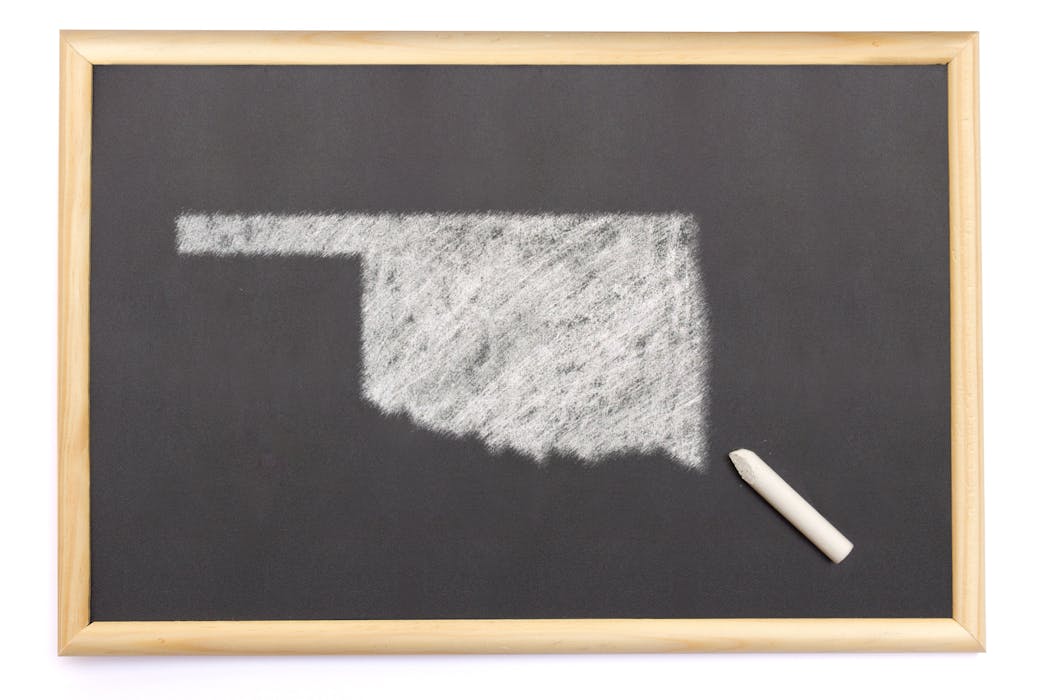What is school like for a child with learning difficulties?
 What does it feel like when everyone in the class gets it, except for you? AAP
What does it feel like when everyone in the class gets it, except for you? AAPThe term “learning difficulties” is the hand grenade of education. Throw the terminology around and teachers, students, parents and school community members react widely and, at times, wildly. Some individuals ponder the term, others run frantically for a book to elicit a “definition” or “diagnostic term”, some consult with colleagues and professionals, yet others hide their heads in their hands or behind a desk.
What is a ‘learning difficulty’?
Does “learning difficulty” mean the same thing as “learning disability”? Is it different from the language of “differences” or “lack of ability”? The term “learning difficulties” refers to students who can experience difficulty with learning. The acts of reading, comprehending, inferring, questioning, memorising and recalling knowledge can be laden with difficulties.
Students can experience difficulties with learning for many different reasons. These include, for example, hearing and visual impairments; physical impairments; emotional, social or behavioural difficulties; prior education experiences; experiences at home; attention and concentration issues; and cognitive or intellectual difficulties. The impact of such difficulties may be short term or long term.
These difficulties can be seen across various domains of education. Students may struggle with written expression and constructing meaning from language, or with the fine motor skills required for handwriting. Difficulty with mathematics may present as an inability to learn basic mathematical concepts including addition, times tables and mathematical problem solving.
Reading difficulties include neurological deficits in decoding letter symbols and words, word recognition or phonological processing issues, or difficulties with comprehension. Misinterpretation of sound, touch and movement, and the inability to successfully receive, interpret and integrate sensory stimuli can lead students to actively seek or avoid sensory information, thereby impacting their ability to make sense of their learning environment.
How do kids cope with learning difficulties?
The classroom is fraught with social, emotional, physical and cognitive demands. Students enter at their own risk.
In some schools, students sit quietly at desks, awaiting teacher instruction. The first task of the lesson, to acknowledge your presence, is the first stressor for some. The simple “here” or “present” can elicit stress for any student including those with additional learning needs.
Did they hear their name? Did they have ample time to respond? Were they paying attention or watching the student across the room fiddling with their lunch order, tablet, pencil case, book, reader, art smock, calculator, diary, phone?
Next, the student must listen and watch as the lesson begins. Handouts are distributed, chapters to be completed are announced and scrawled on the board in small illegible handwriting or placed brightly on the interactive whiteboard. By now, as other students settle down to read, to learn, to memorise, some students, those with additional learning needs or difficulties, may question whether they are on task.
Did I hear that right?
Am I doing what I’m supposed to?
Why is everyone else working and I’m not?
These are thoughts that enter their consciousness, let alone the thoughts that whiz through their subconscious quizzing them.
Are you getting this?
Isn’t this all too hard?
Why are you bothering?
Negative thoughts are not the mainstay of self-talk, but more often than not questioning of skills and ability are the dominant sort of questions these learners will ask themselves. Such self-talk and vicarious experience, watching others working busily while one is yet to begin, is demoralising and increases physical and psychological restlessness.
Some students may display an exacerbation of twitchy, fiddling behaviour, such as pencil twirling, or repetitive tapping on the keyboard. Perhaps others have physiological reactions, becoming sweaty and flustered. Other students may vocalise their self-talk, mumbling and moaning that “it’s too hard” in the desperate hope that a fellow student, a teacher, an aide or a parent may come and assist them. The adoringly titled “class clown” may begin to distract themselves with irrelevant tasks, sometimes distracting other learners.
Place these same students in a classroom that focuses on a topic they love and the difference is amazing. They focus harder, persist longer, rise to more challenges, raise their hand for help and participate in class discussions. Their self-talk moves from negative to positive, fostered by the engaged classroom and teachers who appreciate and seek out each individual learners regardless of ability or difficulty. These are the good lessons, the good days.
Students with additional learning needs face myriad difficulties. Perhaps they aren’t able to see the board clearly, hear the teacher over the voices of their peers, or write down the instructions in time. Feelings of frustration, irritation and stress can flourish in such situations.
Imagine being in a room where everyone else seems to “get it”, “see it”, “hear it”, but for you. Stressful? How would you react?
Would you put your head down and ignore the calls of the facilitator? Would you begin talking to the people next to you? Would you doodle, draw, read a book? These behaviours are easy “go to” behaviours of any student who feels they are struggling.
So, what do we do?
We teach resilience. We model coping strategies. We reinforce the strengths in each individual learner.
We involve family, peers, the community of the school and their staff. We focus on what the student can do, what they enjoy, what jolts that spark in their eyes.
We accept that each learner will have bad days, but we can motivate and engage them again soon. We get to know our students, we take pride in their achievements and set their next goal.
Claire Spicer does not work for, consult to, own shares in or receive funding from any company or organisation that would benefit from this article, and has no relevant affiliations.
Read more http://theconversation.com/what-is-school-like-for-a-child-with-learning-difficulties-30829













